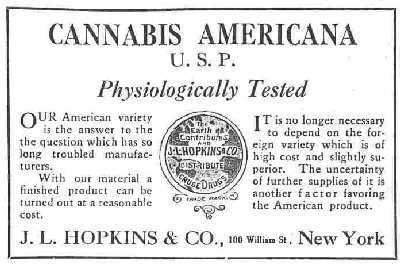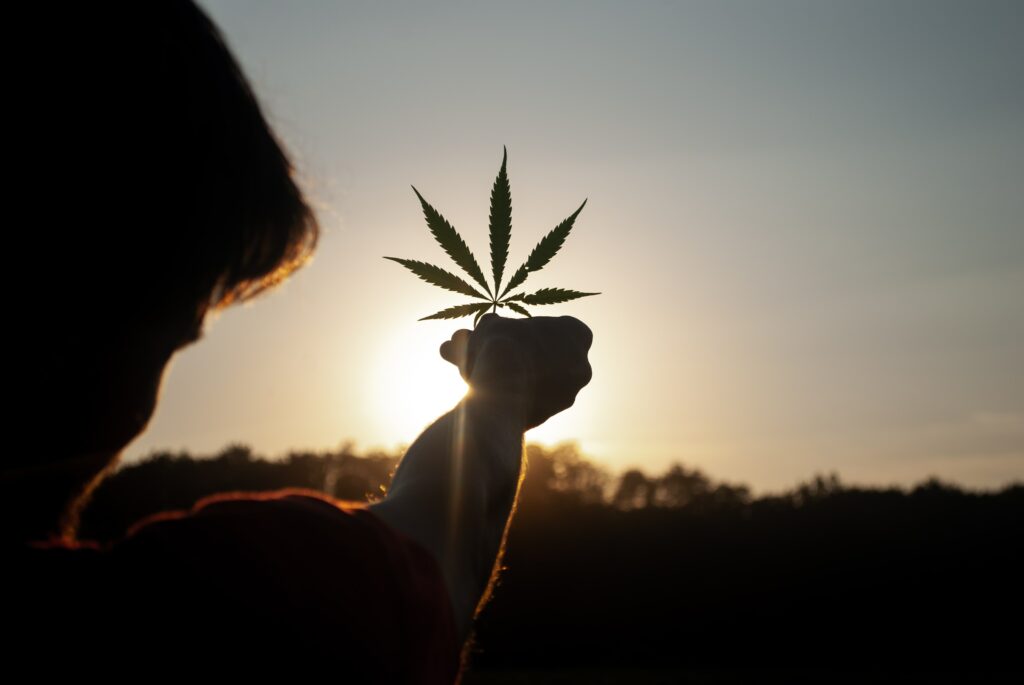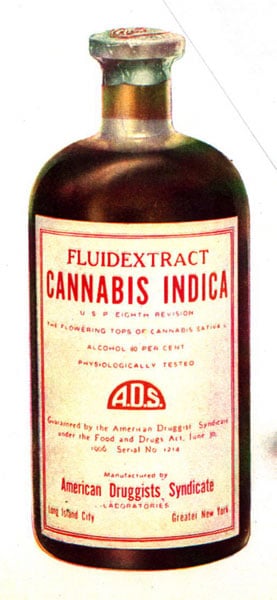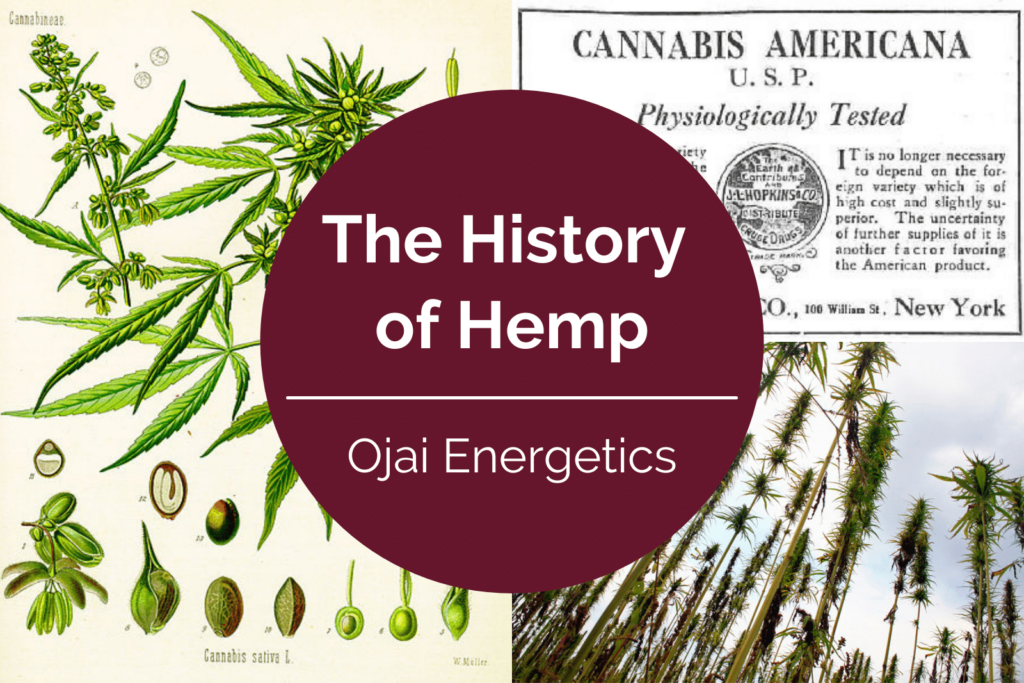Cannabis has been with humanity since our very origins and is one of the first plants to be cultivated by mankind, with hemp clothing being found in tombs dating to 4,000 BC. This lengthy history of hemp has given humanity a very long time to play around with various ways to breed cannabis to achieve a myriad of possible outcomes. It is believed that cannabis originated in central Asia, somewhere in India or China, and was quickly carried around the world with human migrations.
What is hemp?
In the United States, hemp is what we call any cannabis plant with above 0.3% THC, though internationally the cutoff between hemp and cannabis ranges from anywhere between 0.2% and 3%. Traditionally, hemp was grown for its fibers and seeds, as a source of food, oil, and textiles for clothing or material to make very strong ropes. In the past 20-30 years we have seen a new type of hemp being bred, specifically for its non-THC cannabinoid content as medicine, rather than for food or industrial uses. It is important to note that all hemp and cannabis are the same species of plant Cannabis Sativa L, which is generally divided into three subspecies (indica, Sativa, and ruderalis), and they can all be bred together. It’s helpful to think about dogs, like hemp and cannabis, while they may look very different, all dogs are the same species and they can breed together (even with wild species of dogs).
When was hemp first used?
While hemp clothing has been found in tombs dating to 4,000 BC, a major reason we don’t have evidence of earlier hemp usage is that the fibers likely have decayed over the eons, and it is believed that humanity’s use of hemp goes back much further. While cannabis fibers were the primary harvest, it is believed that ancient peoples also ate the nutrient-dense hemp seeds, and knew of its medicinal benefits. The first written record of cannabis’ medical uses is in China, during the second century AD, where an herbalism book mentions the creation of an alcohol tincture. Later on, during the Ming dynasty, the scientist, doctor, and herbalist Li Shizhen wrote about cannabis’ medical benefits in his Bencao Gangmu, the Compendium of Materia Medica, widely regarded as the most comprehensive text on traditional Chinese medicine.
What Is Hemp Oil?
Hemp oil is the oil from hemp seeds, which has long been used in cooking and other uses, such as wood varnish. Hemp oil, like the seed themselves, is very high in Omega 3 and Omega 6 fatty acids. Hemp oil is not to be confused with CBD oil, which is the oil derived from the cannabinoids in hemp flowers that are specially bred for a high CBD content. While hemp oil is devoid of any cannabinoids, as the seeds are naturally low in cannabinoids, CBD oil should have a high amount of CBD and potentially other cannabinoids.
Where does hemp come from?
Hemp is believed to have originated in Central Asia, before spreading across the Silk Road to Europe, where it was bred primarily for industrial uses. The Scythians, a race of warrior women, lived between the Black Sea and Central Asia were an early civilization who whole-heartedly embraced cannabis, even recreationally using it in “vapor baths.” European hemp made the sails and ropes that the Spanish conquistadors needed to sail to the New World and bring cannabis seeds with them, spreading hemp to the Americas (perhaps for the first time). The first English Colonists also heavily valued hemp for the amazing potential it had as a source of food, fuel, fiber, clothing, and much more.

History of Hemp in the Americas
In 1619, the Virginia colony passed a law requiring every farmer to grow hemp, soon after hemp was able to be exchanged as legal tender. It wasn’t just the colonists, but the indigenous Americans who also farmed hemp, specifically the Tuscarora, the People of the Hemp. Domestic production flourished, and by the end of the 19th century, cannabis was one of the most commonly used medicines, found in all manner of tinctures and other products. The widespread use of cannabis in medicines helped lead to the passage of the 1906 Pure Food and Drug Act, the first time labeling of cannabis and other ingredients would be required.
The Mexican revolution of 1910-1920 caused a massive wave of Mexican immigrants to cross the border into America, seeking refuge from violence. Those immigrants brought the practice of cannabis smoking with them. Cannabis use became associated with immigrants and those in the lower classes and anti-drug campaigners used racially charged language to advocate for cannabis prohibition, now referred to as marijuana (or the anglicized ‘marihuana’). During the Great Depression, crime rates increased and much of this crime was attributed to cannabis smokers and those in the lower classes, building to a crescendo with the release of Reefer Madness in 1936.
During this same period, WWI began and Woodrow Wilson instituted a war-time prohibition in order to save grain for food, which was expanded by Congress into the 18th Amendment in 1917. With the creation of the Federal Bureau of Narcotics in 1930 and the appointment of Harry Anslinger as their first Commissioner, federal prohibition was expanded from just alcohol to include narcotic drugs like opiates and cannabis. When alcohol prohibition ended in 1933, the focus shifted to marihuana prohibition, and support was generated to pass the Marihuana Tax Act of 1937. While the word marijuana had been used for a couple of decades at this point, many in Congress did not realize it was the same plant as hemp and voted for it without even knowing they were making hemp illegal.
Hemp For Victory: A Brief Respite from Prohibition
A lot can change in a couple of years, and on December 7th, 1941, Pearl Harbor was bombed and America entered WWII. Japan knew the strategic importance of hemp fiber, in making ropes, uniforms, and all manner of supplies America would need to survive the war, so the Japanese acted fast to cut off America’s supply to Indian jute and Filipino hemp.
In response, the US Department of Agriculture released the film Hemp for Victory in 1942, which encouraged farmers to grow as much hemp as possible and the USDA even gave seeds and draft deferments to farmers willing to stay home and grow hemp. Thanks to this massive influx of seeds, wild hemp can be found growing all over America. Once WWII was over, the USDA ended the program and cannabis became illegal once again, and that same wild hemp is now responsible for 98% of the cannabis eradicated by the DEA every year.
 The Birth of Medical Cannabis
The Birth of Medical Cannabis
Throughout the 40s and 50s, America saw harsher and more restrictive drug laws passed by states and by the federal government, these stricter laws did not dissuade The Beat Generation and other arbiters of counterculture from continuing to smoke marijuana. Counterculture use of cannabis increased in the 1960s as drug laws began to relax. In 1965, Professor Timothy Leary, a well-known drug researcher, and counterculture icon was found in possession of cannabis, and, in the case of Leary vs. US (1969) he successfully used the 5th Amendment to strike down the Marihuana Tax Act of 1937. The Leary decision led to a period of a few months where America had no federal laws making hemp and cannabis illegal, until Congress passed the 1970 Controlled Substances Act (CSA), creating the current tiered framework America still uses today.
The CSA was unquestionably the law of the land until 1976 when a serious question was posed for the first time – do individuals have a right to use cannabis medically? In the case of Randall vs. US (1976), a federal court answered that question in the affirmative, for the first time a federal court agreed that there was medical use for cannabis and that Robert Randall had a valid medical reason to use it. This case birthed the Investigational New Drug Program, the federal medical cannabis program that continues to this day but was closed to new applicants by George H. W. Bush in 1992.
A New Push to Legalize Cannabis and Hemp
It was only four more years until California became the first state anywhere in the world to create a medical cannabis program by passing Proposition 215. They were soon followed by more states, and now 36 states and Washington DC have all legalized some form of medical cannabis. In 2010, California attempted to lead the way once again by passing Proposition 19, an effort to legalize recreational cannabis which came 4% away from passing, and set the stage for Washington and Oregon to legalize adult-use of cannabis in 2012, just two years later. Now, 15 states and Washington DC all have legalized the adult-use of cannabis.
It wasn’t until 2014 that hemp cultivation was “relegalized” in the United States, specifically for research and pilot programs. The 2014 Farm Bill was updated and expanded in 2018 to allow for much broader access to hemp cultivation and has allowed for a thriving hemp industry in the United States. The 2018 Farm Bill codified the long-established cutoff between hemp and cannabis, at 0.3% THC, where anything below is considered hemp, and all other plants are cannabis. There is a long way to go still to put hemp on the same level as other agricultural crops like corn or basil, but in time, it will get there. It is hard to say what the future of hemp is, but it is undoubtedly going to remain a part of human culture as it has been since the very beginning.
Hemp has come a way since its early beginnings dating back to 4000 BC. Today you can make hemp part of your everyday health and wellness routine with our 100% organic Full-Spectrum CBD oil that’s water-soluble, made without synthetics or synthetically modified compounds.













